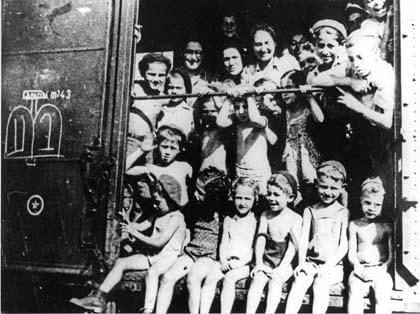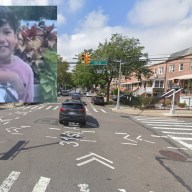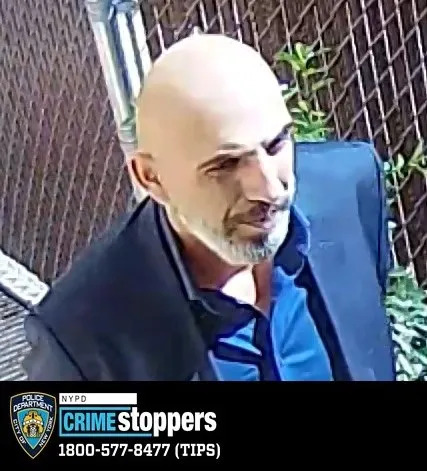By Anna Gustafson
Rabbi Jacob Jungreis was only 11 years old, but he remembers the exact moment his life was saved.
It was June 1944, in the last days of the Holocaust, when about 12,000 Jews were being murdered daily at Auschwitz. Jungreis, now a rabbi in Brooklyn, had been in Auschwitz with his family before he was moved to the Bergen-Belsen concentration camp in Germany.
From there he, along with 1,683 other Jews, took a train to Switzerland and escaped what he thought was certain death in a concentration camp.
“I was 11 years old, but I remember it more clearly than things that happened this morning,” said Jungreis, now a rabbi at the Yeshiva Ateres Yisroel. “These are traumatic events. Your life is under a question mark every moment. We were sure we would not make it.”
Rabbi Jungreis is the brother of Rebbetzin Esther Jungreis, a world-renowned Jewish outreach speaker and founder of the Hineni movement, an international organization which brings Jews back to Judaism. Esther Jungreis was also on the Kasztner train to Bergen-Belsen.
Jungreis’ story is one of many told in “Killing Kasztner: The Jew Who Dealt With Nazis,” a film that opened at Kew Gardens Cinema last week and North Shore Towers Cinema in Floral Park this Friday.
The two-hour movie details the life of Rezso Kasztner, also known as Rudolf or Israel Kastner, a Jewish man who saved more Jews than Oskar Schindler but who was later killed at age 51 by a right-wing extremist in Tel Aviv, Israel, after being accused of collaborating with Nazis.
Gaylen Ross, the director, worked on the film for the past decade and said she hopes it reintroduces Kasztner to a discussion about the Holocaust from which he has been wiped out.
“I thought it was remarkable that here was this Jewish rescuer negotiating with Adolf Eichmann, and nobody had heard about him,” said Ross, a Brooklyn resident. “I started to investigate this story not with an opinion of whether Kasztner was a hero or not a hero, but why this man was erased and why he wasn’t part of any history books.”
In Nazi-occupied Hungary, Kasztner negotiated the release of the 1,684 Jews on the train with Adolf Eichmann, the man who some have called the architect of the Holocaust. Eichmann managed the mass deportation of Jews to ghettos and concentration camps throughout eastern Europe.
Kasztner also tricked Eichmann into keeping about 20,000 Jews alive in a work camp.
After World War II, Kasztner moved to Israel, where he was put on trial for what others said was collaboration with the Nazis. He had been accused of writing affidavits for top-level Nazis and not doing enough to save other Jews. The judge in Kasztner’s trial said in 1955 that he had “sold his soul to the devil.”
Kasztner was found guilty in 1955 and in 1957 he was assassinated by Ze’ev Eckstein, a right-wing extremist.
Later, Israel’s Supreme Court cleared Kasztner of all charges. Despite this, Ross said Kasztner’s name had been tarnished and he was not mentioned in history books or memorial walls. He was not mentioned at Yad Vashem, Israel’s official memorial to the Jewish victims of the Holocaust, until 2007, when it accepted some of Kasztner’s papers.
The film documents Kasztner’s life alongside accounts from individuals on the train, the assassin Ze’ev Eckstein and Kasztner’s daughter, Zsuzsi.
“I simply think it’s high time this film was produced,” Jungreis said. “Kasztner was a totally innocent man. Some accused him of collusion with the Germans, which was utter nonsense.”
After receiving critical acclaim at the Toronto International Film Festival in 2008, “Killing Kasztner” was shown throughout Israel and then at the YIVO Institute for Jewish Research and the Cinema Village, both in Manhattan.
The film opened Nov. 6 in Kew Gardens and this Friday, Nov. 13, at North Shore Towers.
Reach reporter Anna Gustafson by e-mail at agustafson@cnglocal.com or by phone at 718-229-0300, Ext. 174.


































